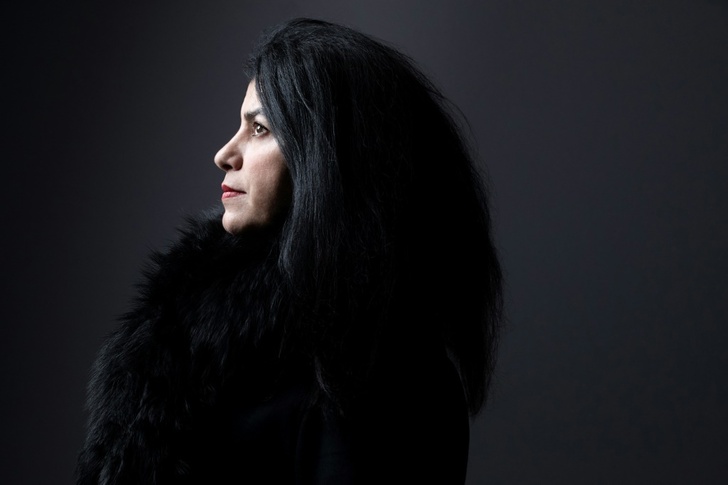For Marjane Satrapi, whose classic "Persepolis" tells the story of a girl growing up in post-revolutionary Iran, finding a way to voice support for the anti-theocracy protests in her native land wasn't easy.
The best-selling author has lived and worked in France for over two decades, and no longer claims to represent the country's youths who are defying a vicious crackdown by security forces.
"How am I going to speak for them?" Satrapi told AFP in rare public comments since the start of the uprising.
"But there is nothing worse than doing nothing," she said, denouncing "all this criticism of the actresses who were cutting their hair" in solidarity with the demonstrators.
Her response was to gather fellow French artists to sing "Baraye" -- the song that has become emblematic of the rebellion -- in a poignant video released on social media Wednesday.
The song -- whose title means "For" -- was written after the death of Mahsa Amini who had been arrested by Tehran morality police, in the incident which sparked the protests.
Arranged by the crooner Benjamin Biolay, the video features around 40 fellow artists such as pop star Yael Naim and the actors Hugo Becker, Chiara Mastroianni and Camille Cottin singing the verses in Persian.
"I thought it was necessary for the French to sing in Persian, because it sends a message to Iranians -- there's nothing as touching as trying to speak to you in your own language," Satrapi said.
Including men was important, she added, because "there are plenty of boys who are getting themselves killed over there... The beauty of this Iranian movement is that it was started by women and the men have joined in."
The video also includes images of the "Persepolis" film from 2007 based on her graphic novels, and ends with an ensemble chorus set against the red, white and green of the Iranian flag.
- Return to Iran? -
Satrapi, born in 1969, recounts in "Persepolis" her years as an outspoken teenager chafing at the Islamic revolution and its restrictions imposed on women, especially for one from a progressive family like hers.
At 14, her parents sent her to school in Vienna to avoid arrest over her defiance of the regime. She later returned to Tehran but then left for France in 1994, embarking on her career as an author, film director and painter.
As is the case for many living in exile, Satrapi said she had "buried half of herself" to avoid becoming "one of the old fogies of the diaspora who think nothing has changed since they left."
But the need to express her support for the current protests was galvanised by multiple video calls with protesters -- when Iran's internet and social media networks were working.
And even if she recognises that her video might not change things, "the dam is starting to break" in the face of a new "revolution".
Her optimism has even prompted her to dream of a different future, one that could again see her in her homeland.
"I am a bit morbid, and I had made a will -- I had told myself that even if I cannot return to my country, I had to be buried there, so the cycle would be complete."
"Now, I can see myself again walking the streets of Tehran, which is both the ugliest and most beautiful city on earth."
fbe/js/sjw/kjm
© Agence France-Presse
Your content is great. However, if any of the content contained herein violates any rights of yours, including those of copyright, please contact us immediately by e-mail at media[@]kissrpr.com.
Source: Story.KISSPR.com

